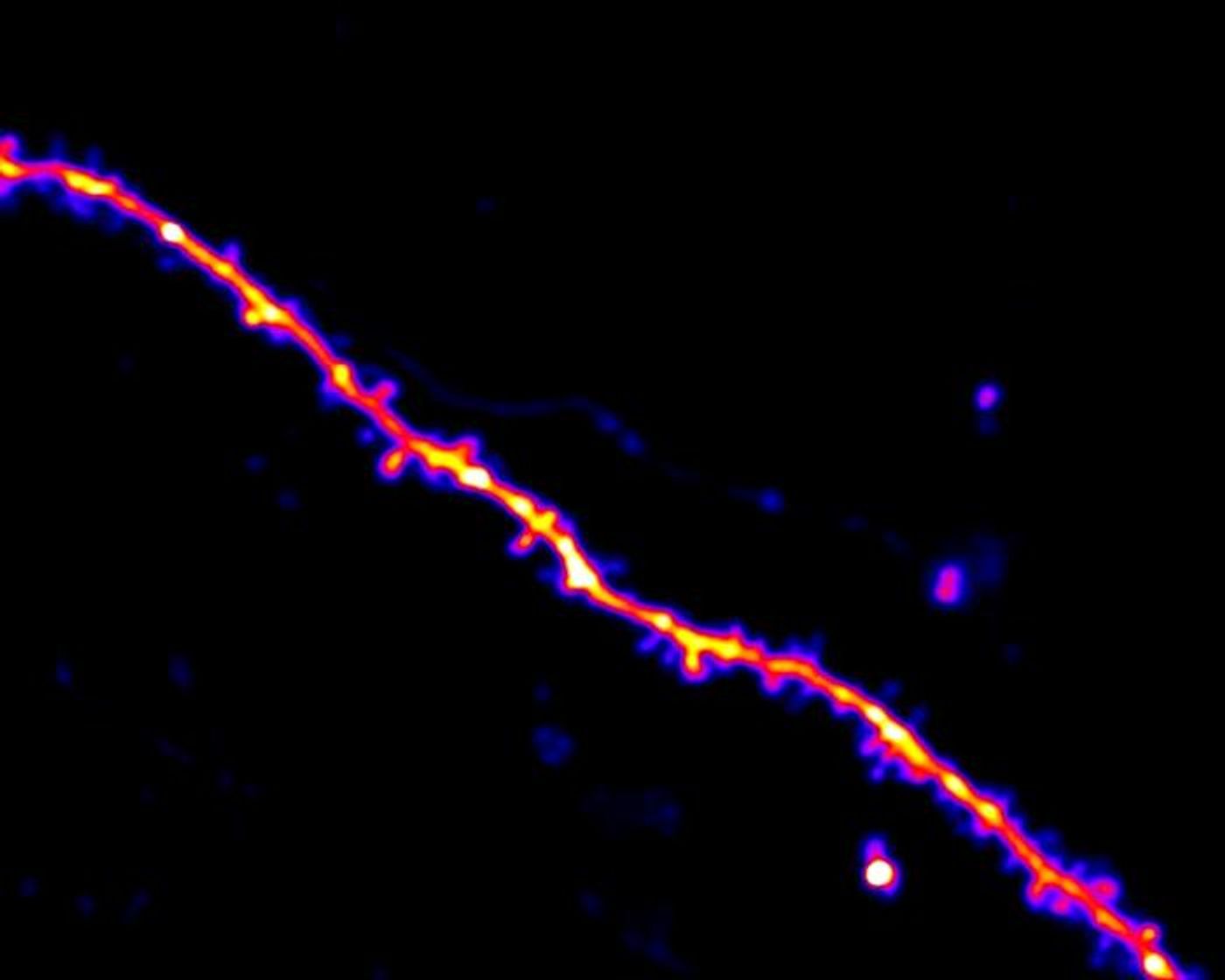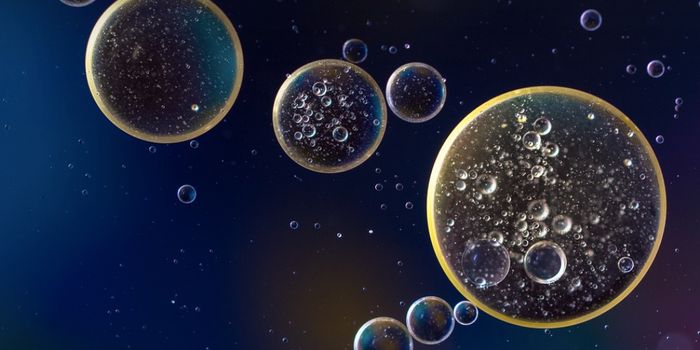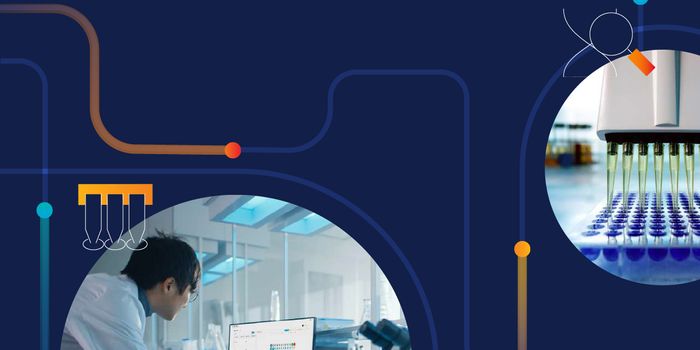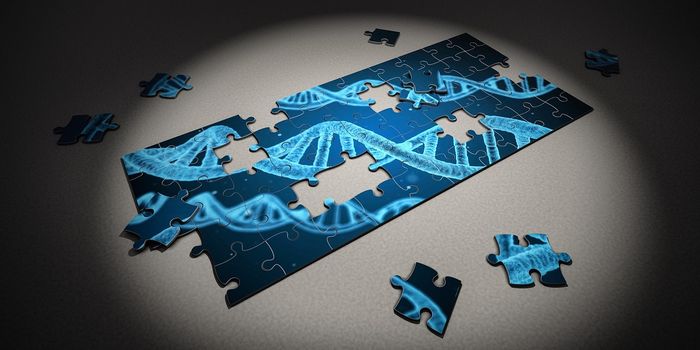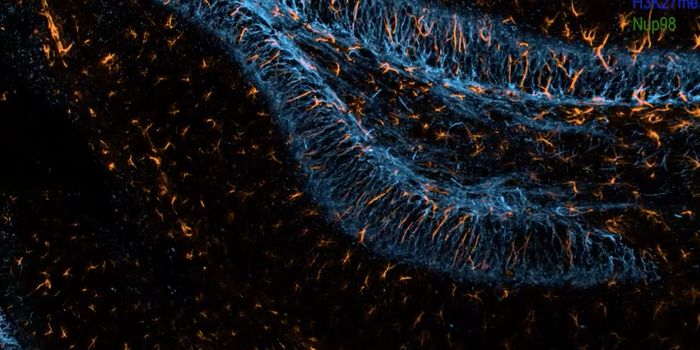Visualizing the Learning Process
Researchers have long sought to understand the biological mechanisms that underlie learning. We know that the brain creates links and networks among neurons as we learn and form memories. Synaptic plasticity, in which the connections or synapses between neurons can be made, removed, or modified to be weaker or stronger, is a major part of learning and memory. There are trillions of synapses in the human brain, and scientists have now learned more about how they change when learning happens.
Reporting in Science, researchers used a variety of technologies like two-photon imaging, as well as funding from the National Institutes of Health, to learn more about activity in the brains of mice as they learned new activities. The investigators were able to zoom in on individual synapses, and found that individual neurons use multiple methods, and different regions of the brain follow different rules, contrary to popular assumptions.
“When people talk about synaptic plasticity, it’s typically regarded as uniform within the brain,” explained first study author William “Jake” Wright, a postdoctoral scholar at the University of California San Diego (UCSD). “Our research provides a clearer understanding of how synapses are being modified during learning, with potentially important health implications since many diseases in the brain involve some form of synaptic dysfunction.”
Synpases are small and local, but they can contribute to learned behaviors collectively, over larger scales - the credit assignment conundrum.
This work has shown that synapatic strength in a certain location (at the apex of pyramidal neurons) was linked to changes in nearby synapses, but independent of certain action potentials. On the other hand, the strength of a different set of synapses (at the base of pyramidal neurons) relied upon those action potentials. This variation in rules was a surprise to the researchers. But they were able to see the changes in neurons when they happened.
“This discovery fundamentally changes the way we understand how the brain solves the credit assignment problem, with the concept that individual neurons perform distinct computations in parallel in different subcellular compartments,” said senior study author Takaki Komiyama, a professor at UCSD among other appointments.
This work can provide new insights into normal brain functions so that the dysfunction of disease can be better understood, added Wright.
